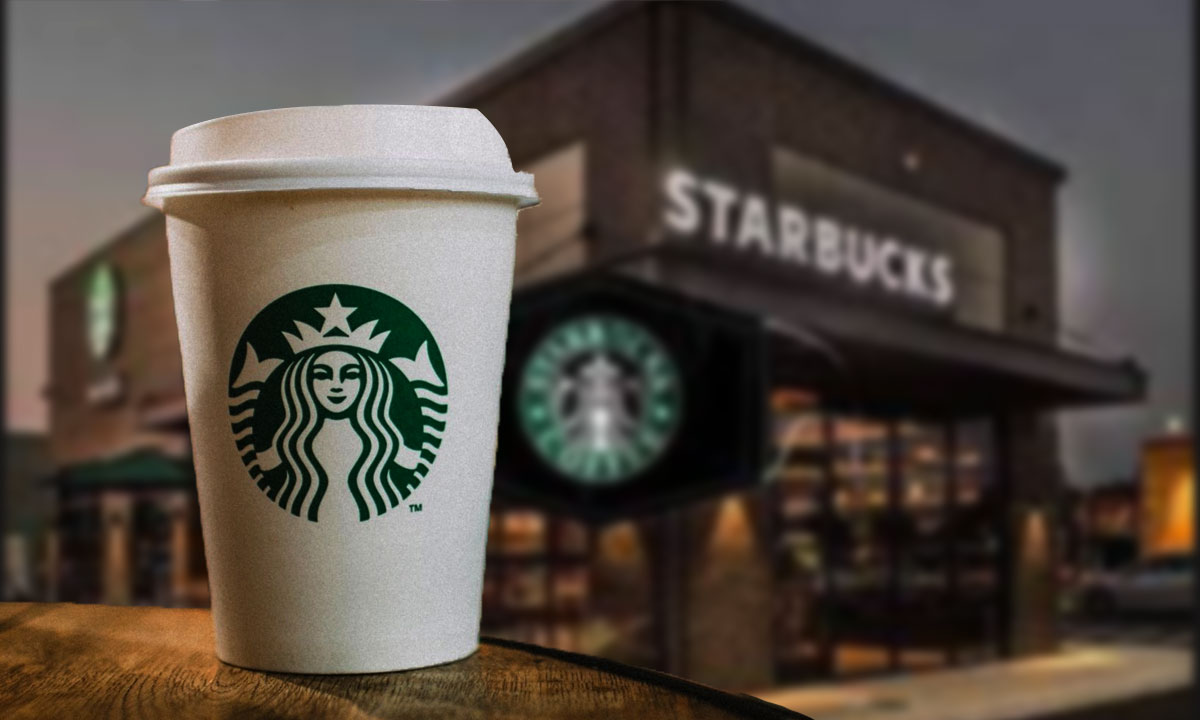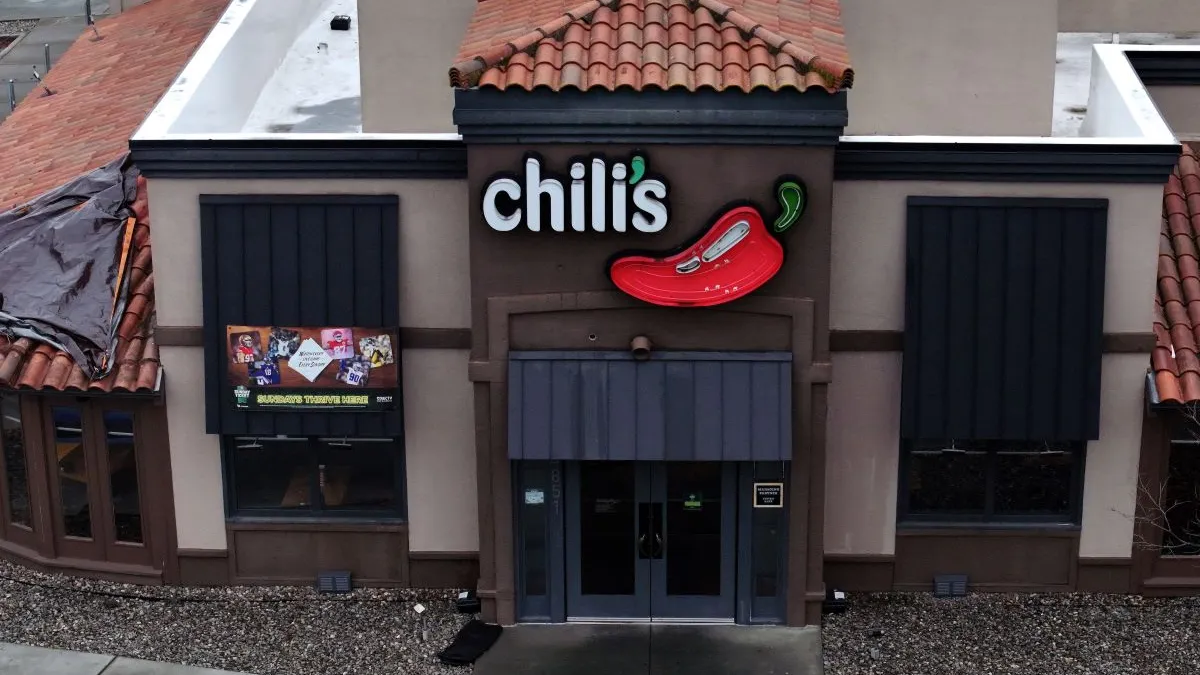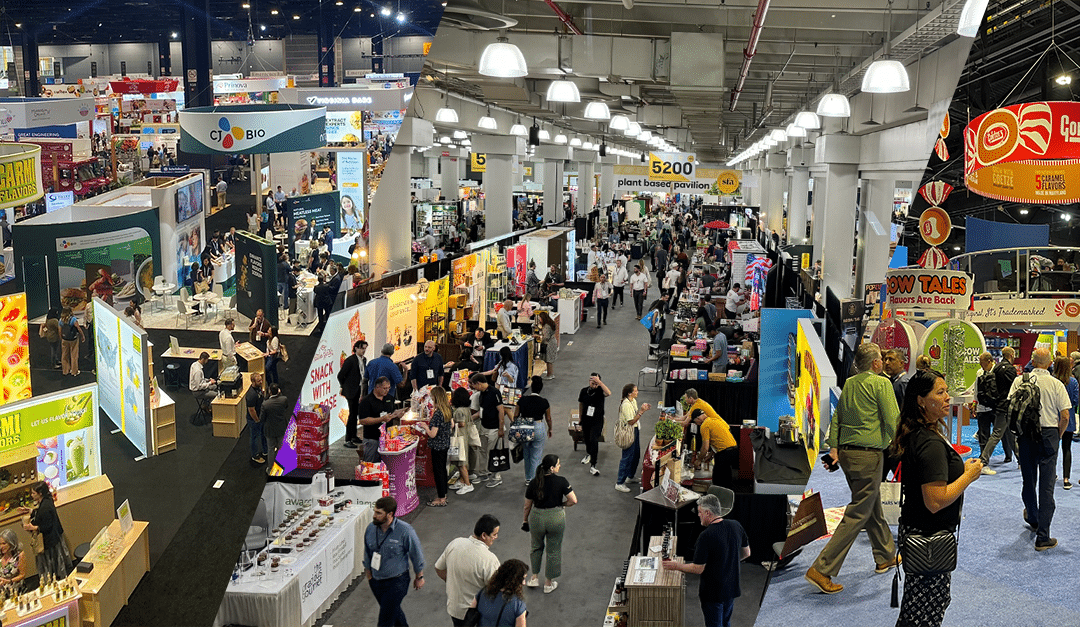Starbucks, the coffee giant known for its iconic beverages and cozy cafes, is entering a new phase under the leadership of CEO Brian Niccol. As Starbucks looks to expand and evolve, Niccol is bringing a fresh perspective on growth and innovation. His vision for the brand is focused on strategic shifts designed to drive expansion while meeting the changing preferences of global consumers. This strategic move aims to position Starbucks as not only a coffeehouse but a lifestyle brand that continues to adapt to new trends and consumer demands.

1. Targeting Younger, Tech-Savvy Consumers
One of the major shifts under Niccol’s leadership is Starbucks’ emphasis on attracting younger, tech-savvy consumers. With millennials and Gen Z driving global trends, Starbucks is focusing more on digital integration, mobile ordering, and rewards programs to enhance convenience for customers who are always on-the-go.
The Starbucks mobile app and rewards program have become integral to this strategy. Niccol’s vision includes improving the app’s capabilities, offering more personalized experiences, and expanding its reach globally. Starbucks plans to tap into the increasing demand for seamless, tech-driven interactions by encouraging customers to use the app not only for ordering but for exclusive promotions, early product access, and rewards. This digital-first approach also aligns with growing preferences for contactless transactions and enhanced convenience.
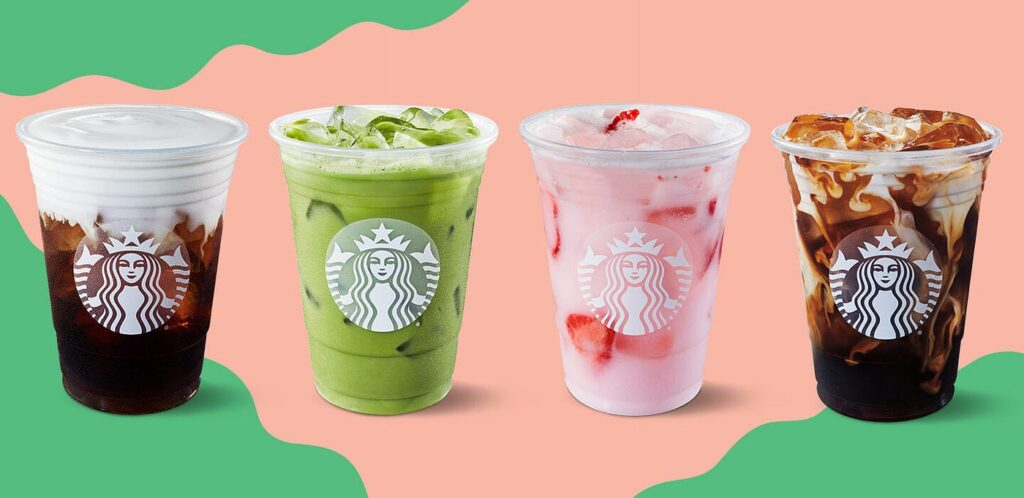
2. Expansion into New Markets
While Starbucks has already made significant strides in global markets, Brian Niccol’s leadership is bringing a new focus on expanding into untapped regions. Emerging markets such as Africa, Eastern Europe, and parts of Southeast Asia are seen as key opportunities for growth. Starbucks intends to adapt its offerings to local tastes and cultures, while maintaining its signature brand identity.
In China, for example, Starbucks has been increasing its presence through innovative store concepts such as drive-thru locations, pickup-only stores, and even digitally enhanced cafes. Niccol’s vision is to continue refining these concepts and scaling them in markets that are still developing. By establishing Starbucks as a go-to destination in these emerging areas, the company can drive long-term brand loyalty and cement its position as a global coffee leader.

3. Diversifying the Product Offering
Under Niccol’s leadership, Starbucks has also prioritized diversifying its product offerings to appeal to a broader audience. While coffee will always remain at the core of the brand, there has been an increased focus on expanding the menu to cater to different dietary needs and preferences. This includes plant-based options, healthier alternatives, and a broader selection of non-coffee beverages, such as teas and smoothies.
In line with the rising demand for plant-based and sustainable products, Starbucks has introduced more plant-based menu options, like oat milk lattes and plant-based protein bowls. This move is not just about capturing a growing segment of health-conscious and environmentally aware consumers, but it also reflects Niccol’s understanding of the need for diversification in the food and beverage industry.
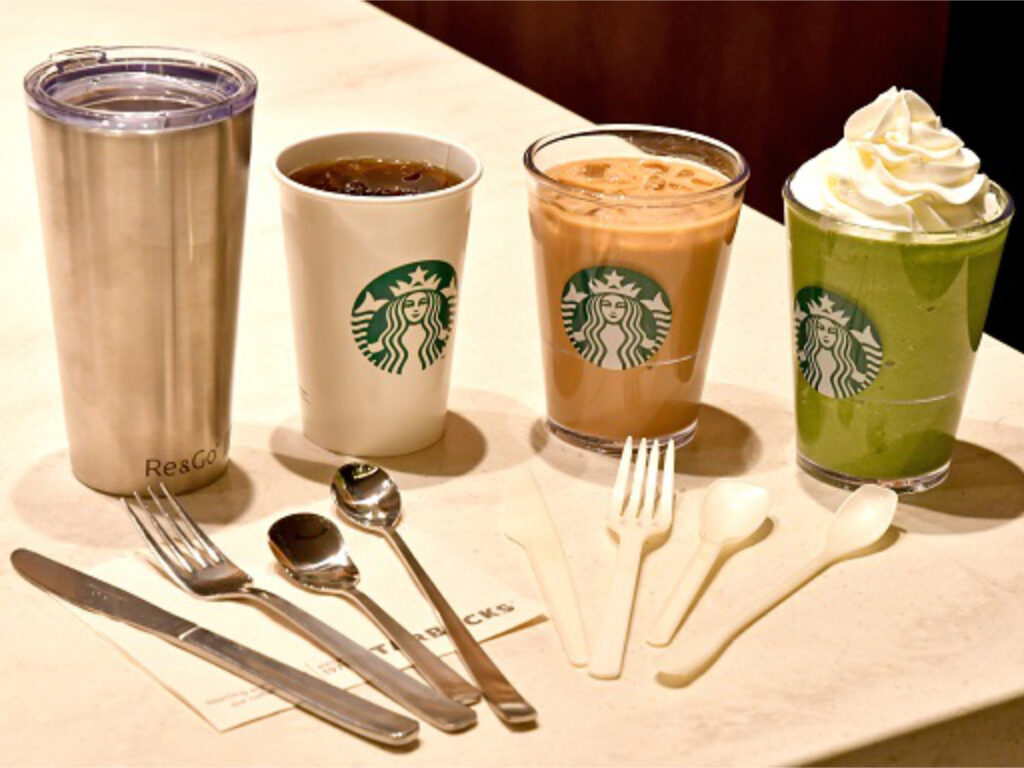
4. Sustainability and Corporate Responsibility
Sustainability has long been a priority for Starbucks, but under Niccol’s leadership, the company is doubling down on efforts to promote environmental and social responsibility. The shift toward a more sustainable future includes initiatives like reducing single-use plastics, promoting sustainable coffee sourcing, and creating more eco-friendly store designs.
Niccol’s vision emphasizes increasing the availability of sustainable coffee beans and continuing partnerships with farmers to improve the livelihoods of those in the supply chain. The company is also working toward carbon-neutral operations by 2050 and plans to launch new sustainable packaging initiatives to reduce waste. By investing in sustainability, Starbucks not only strengthens its brand reputation but also aligns with the growing consumer demand for ethical and eco-conscious businesses.
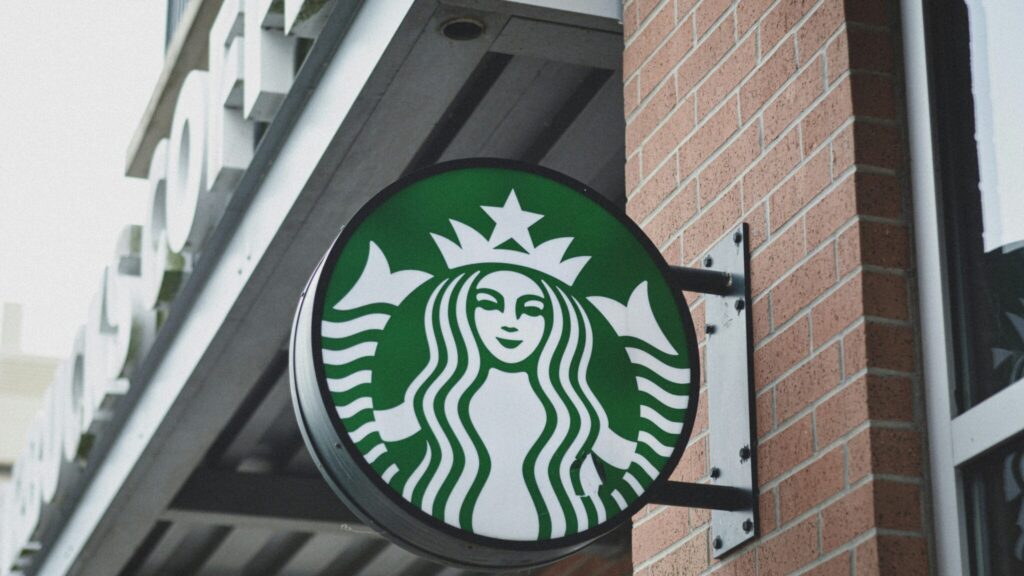
5. Strengthening Starbucks as a Lifestyle Brand
Perhaps one of the boldest moves under Niccol’s leadership is his push to solidify Starbucks as a lifestyle brand, rather than just a coffeehouse. Niccol has recognized that Starbucks has the potential to be more than a place to get your daily caffeine fix; it can be a cultural hub where people gather, work, and even relax. To this end, Starbucks is placing a larger focus on its store environment and creating spaces where customers can feel at home.
The introduction of Reserve Roasteries, premium Starbucks locations offering immersive coffee experiences, and the increasing trend toward creating community spaces within Starbucks stores reflect this shift. Starbucks is working to craft an environment that resonates with customers on an emotional level, making it a destination not just for coffee, but for connection and creativity.

